Set off to Sapa, a scenic retreat in Vietnam best known for magnificent backdrops of terraced rice fields and lush mountains.
Are you a dedicated nature lover or someone who enjoys hiking or trekking? Vietnam offers just that in its quaint town Sapa, or Sa Pa, which is nestled in the northern highlands of the nation. It is renowned for its terraced rice fields that cascade down lush mountainsides. Its picturesque landscapes change with the seasons from spring greens to autumn’s brown-gold palettes.
The allure of Sapa extends beyond its scenic and cultural charm as it is a haven for nature or outdoor enthusiasts. Its verdant valleys, hidden waterfalls, and must-visit mountain range peaks will attract anyone who is up for either an adventure or a tranquil vacation. Its warm and welcoming locals and a diverse cultural tapestry make the town worth exploring.
READ ALSO: Visit Thailand: Why The Land Of Smiles Remains A Coveted Must-Visit Destination
Scenic rides en route to Sapa
Flight is not an option when it comes to traveling to Sapa. Noi Bai International Airport in Hanoi is closest to the town, so it is ideal to arrive there, after which, travelers would embark on a 350-kilometer journey. Only land travel via buses, shuttle vans, or overnight trains are available.
Taking the sleeper bus is a fast way to reach Sapa from Hanoi. It only takes about five to six hours and tourists will arrive directly in the town. However, trips are mostly conducted during the day and since the seats are standard, the experience won’t be as unique as what one would get from trains.
Reaching Sapa by train might take the whole night, but in doing so, you save the cost of one night’s stay at your hotel. Trains are more costly than bus rides, and it stops at Lao Cai, where you take a mini bus to Sapa.
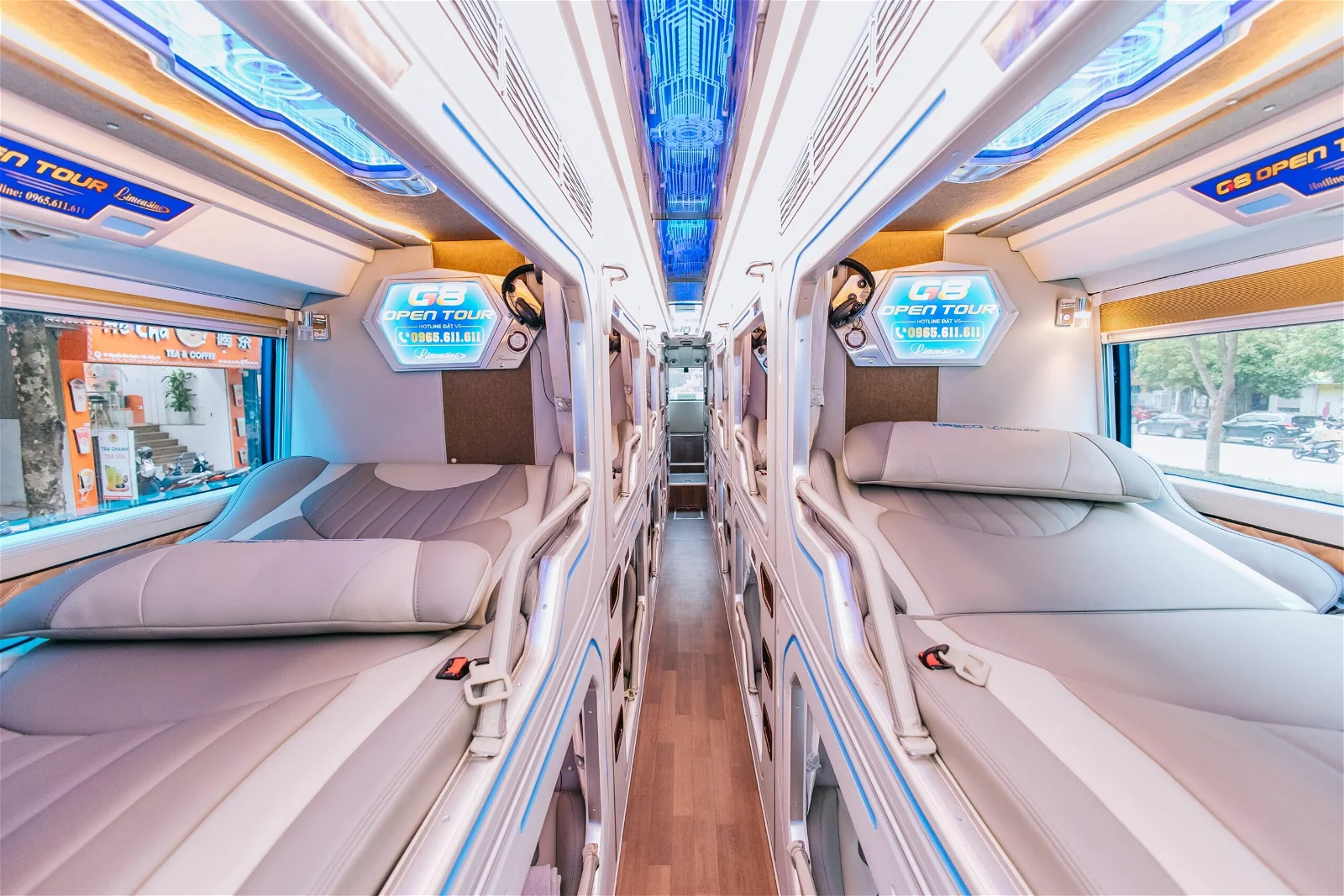
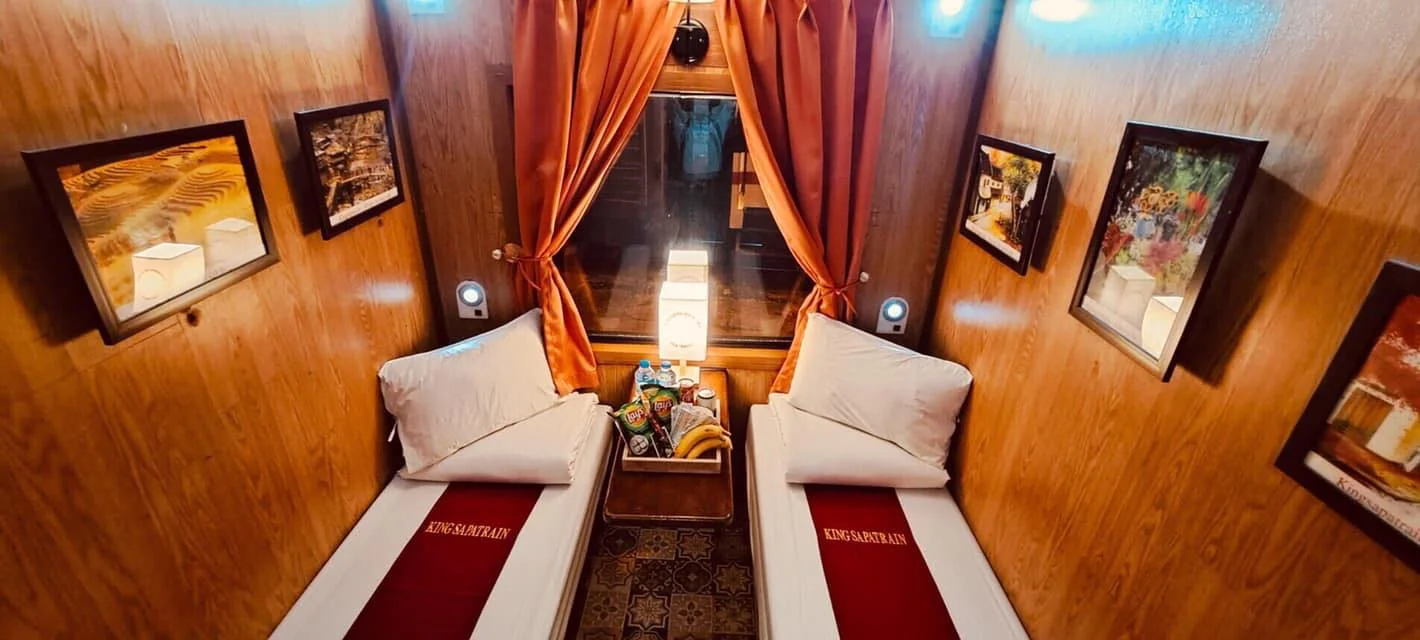

A minivan limousine could be ideal for travelers who value comfort, convenience, and speed in their transportation. Seats are limited but it is much more spacious than that of a sleeper bus. It could be shared among separate travelers, but if you’re traveling as a group, you may rent it all to yourselves. The vans are equipped with reclining seats with adjustable armrests. Some vans have premium massage modes integrated into the seating. Travel time may be around four to five hours.
No matter the mode of transportation chosen, reaching the destination would make the journey memorable.
Enveloped in nature scenes
Whether travelers seek family-friendly lodging, intimate couple retreats, group-friendly destinations, or tranquil sanctuaries for solitude, the options for hotels and homestays are plenty.
Topas Ecolodge is a mountaintop retreat situated atop Hoang Lien National Park. National Geographic included it as one of the best places to stay if you care about the earth due to its surrounding environment and guilt-free modern conveniences. It has 49 rustic bungalows designed chalet-style where its main attraction, Vietnam mountains’ raw natural beauty, takes center stage. It is also a dedicated icon for sustainable tourism.
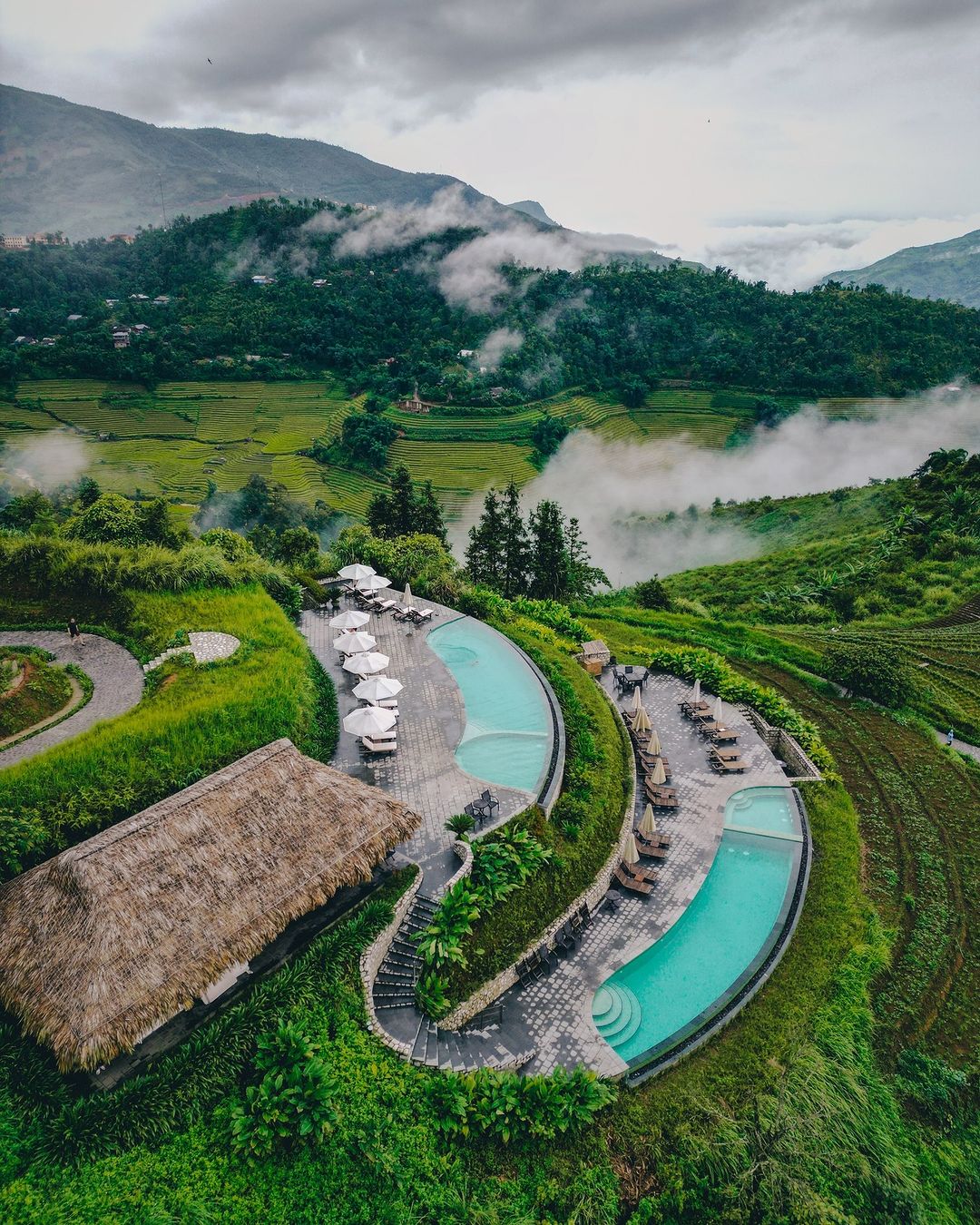

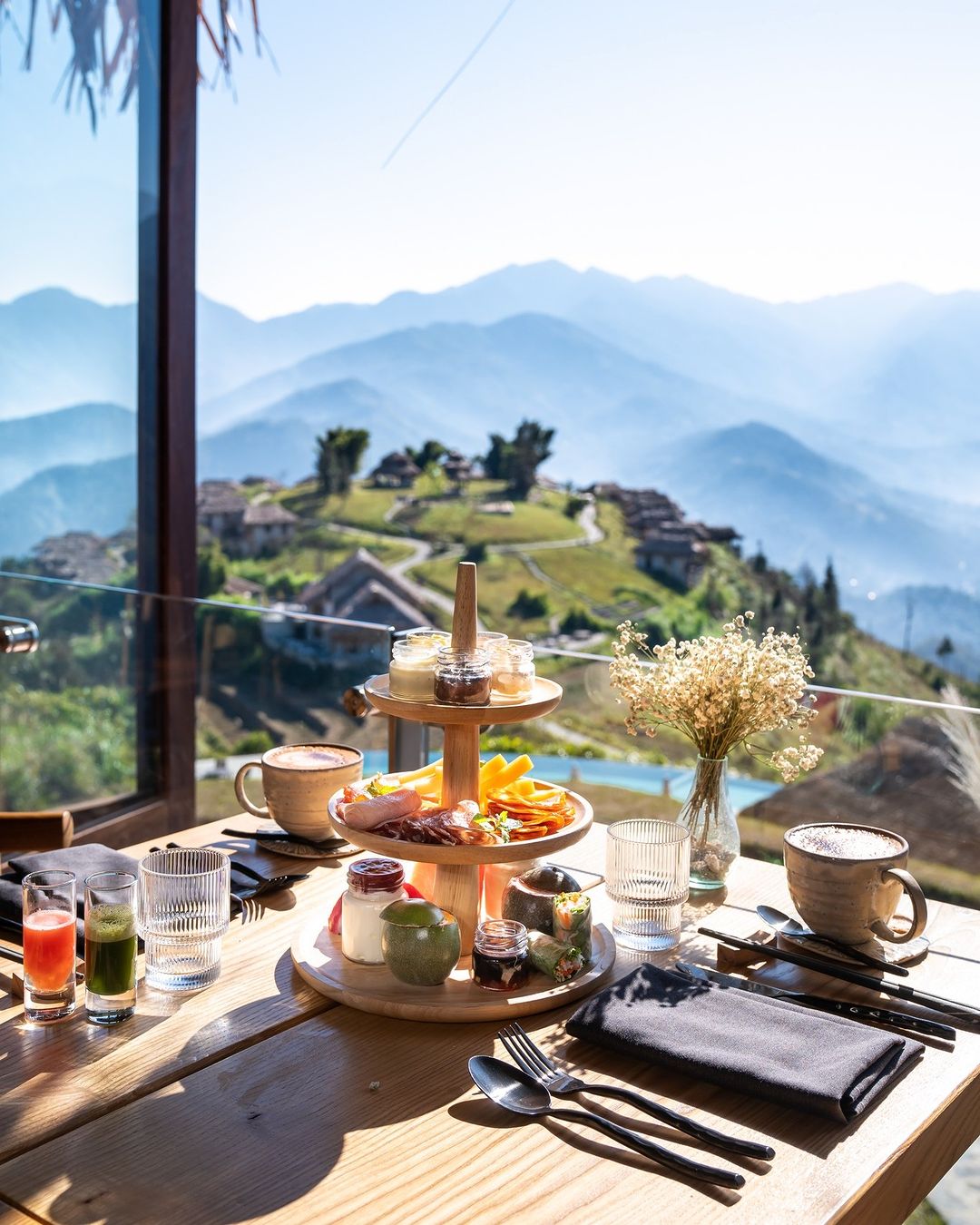
Viettrekking Sapa offers views of the Fansipan mountain range and Muong Hoa valley. Its complex includes 30 mountain view rooms and seven tropical view rooms with local stilt house interiors. Valley scenes and clouds visible from every window will bring a comfortable and breathtaking experience. It is one of the most famous tourism destinations in the northern region.
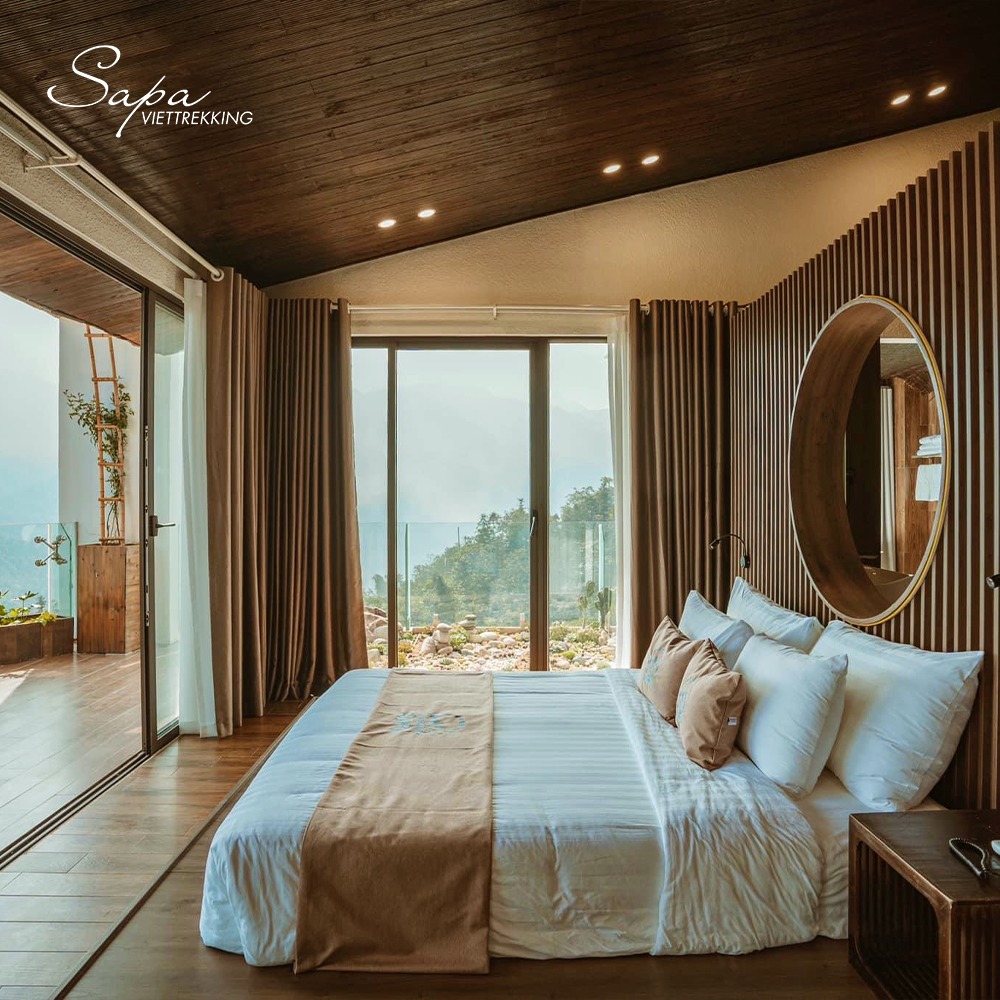
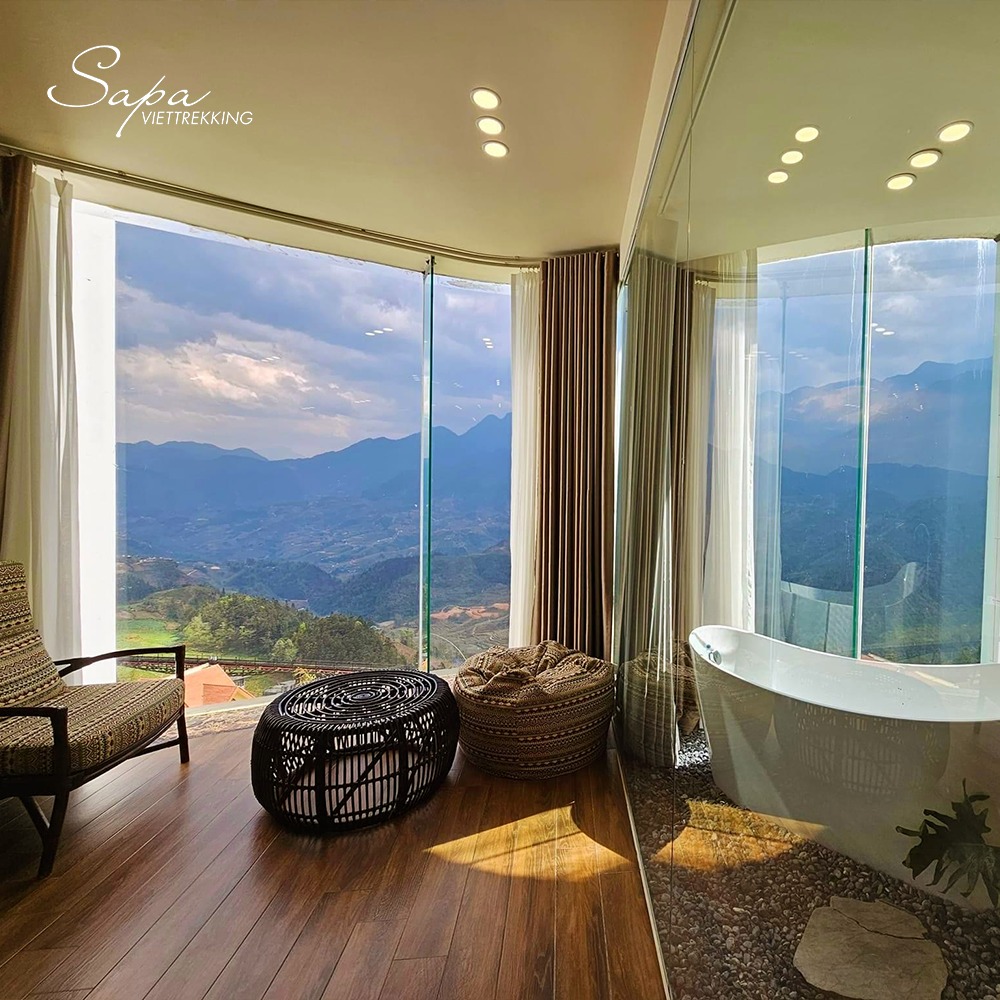
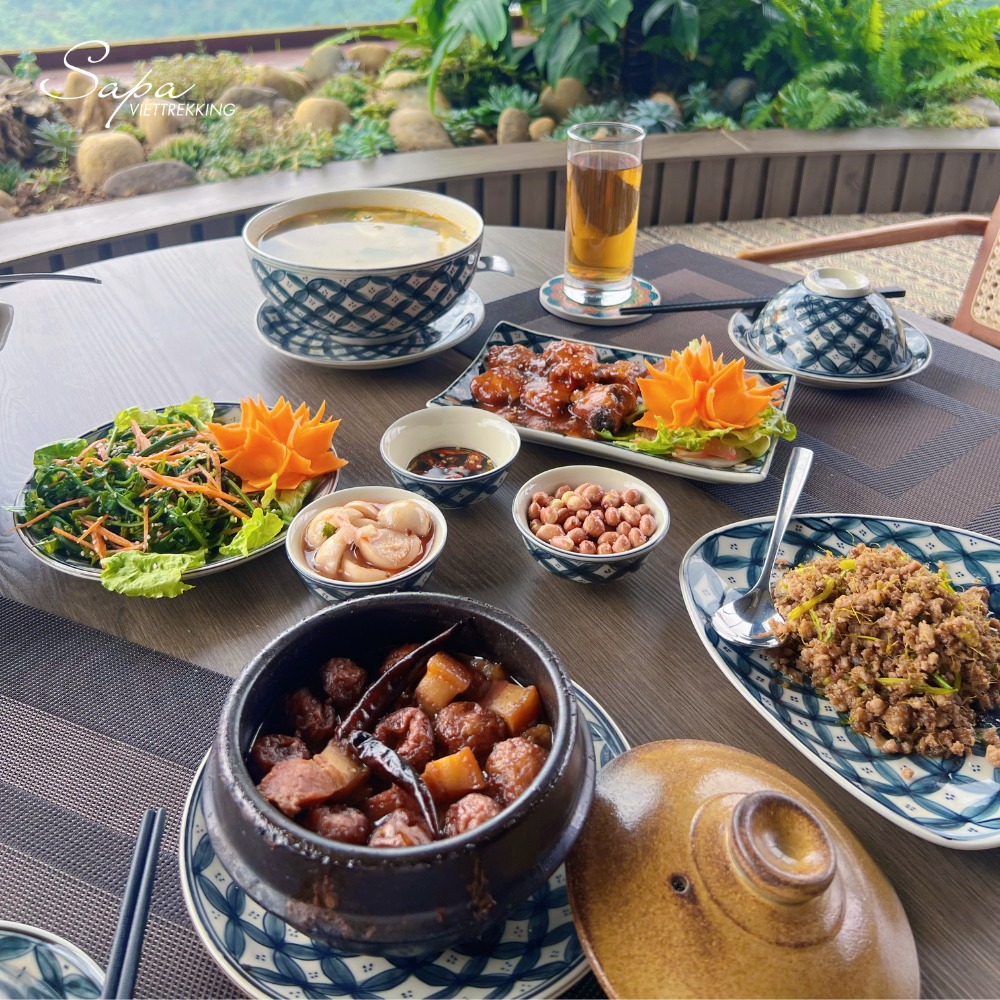
My Gallery Boutique Hotel and Spa is one of the best boutique stays in town. It is located on Muong Hoa street and offers modern services and facilities close to shopping, dining, and entertainment. It has well-appointed, cozy rooms that ensure a relaxing vacation for couples, families, and solo travelers.
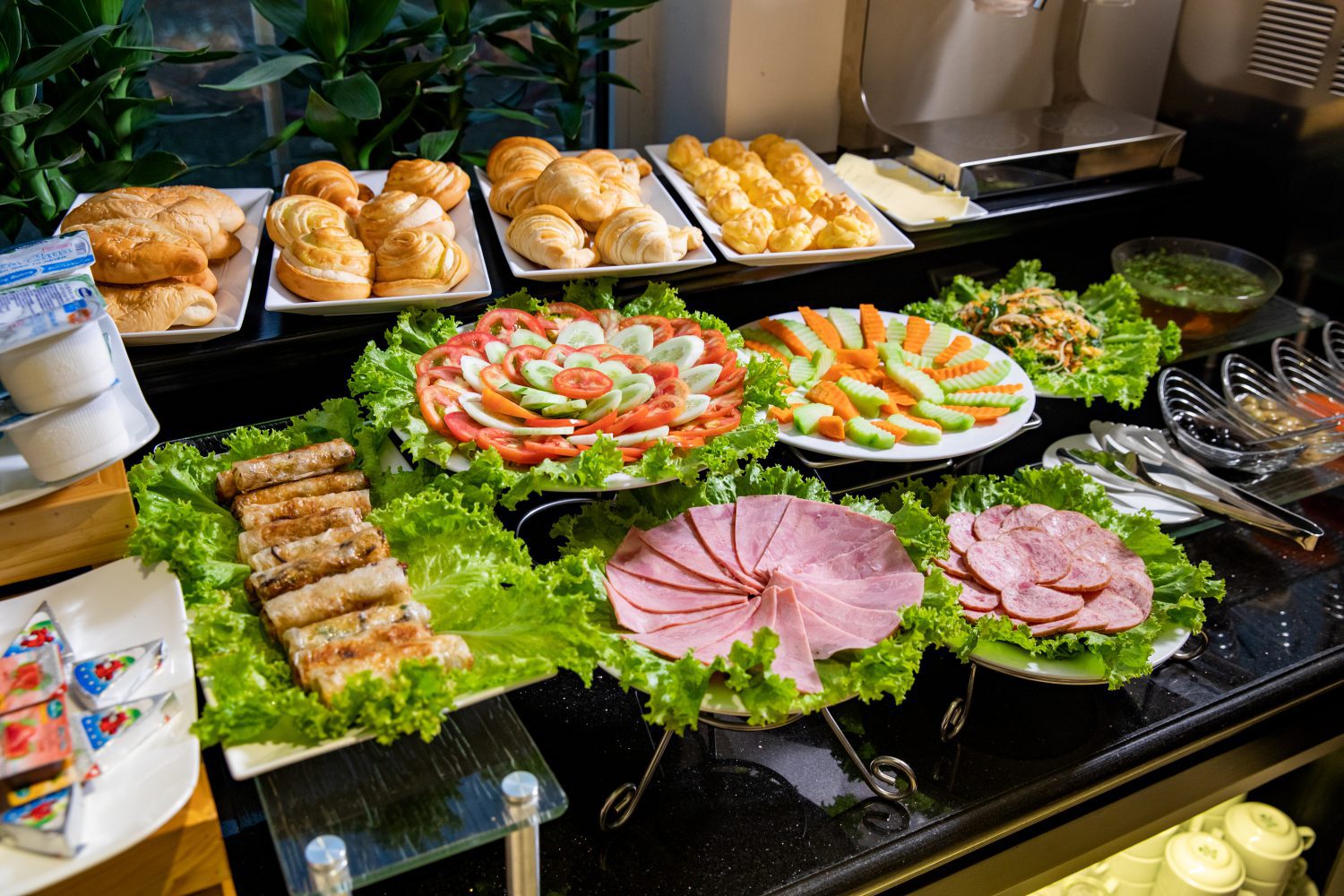
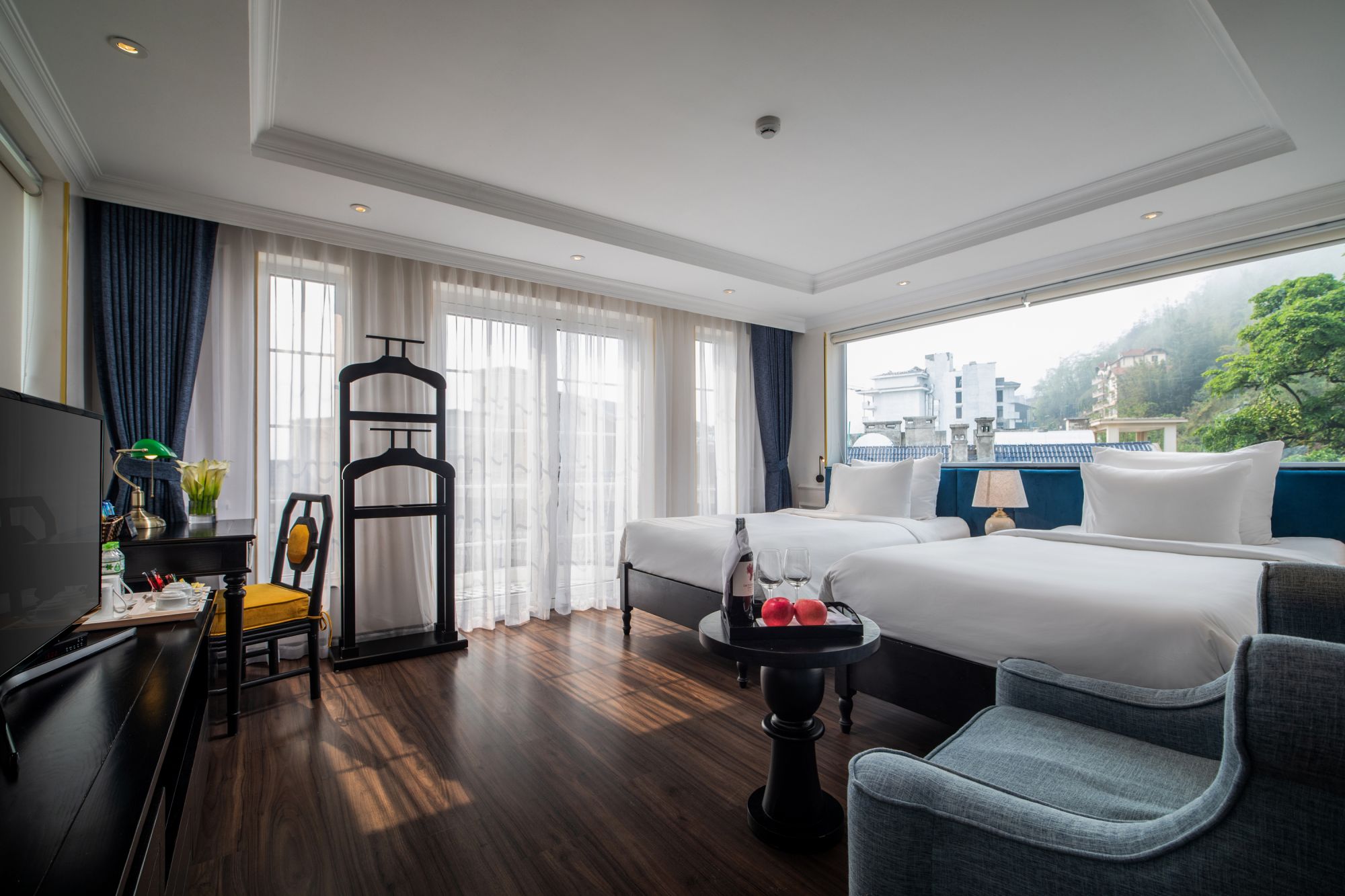
Exposure to Vietnam’s ethnic cultures
Learning about the local culture is a great way to start exploring Sapa. Many of Vietnam’s 54 ethnic minorities still wear their traditional clothes and live in simple villages. Visitors should witness the vibrance of people at the morning markets, where locals trade all types of colorful wares, textiles, and other produce.

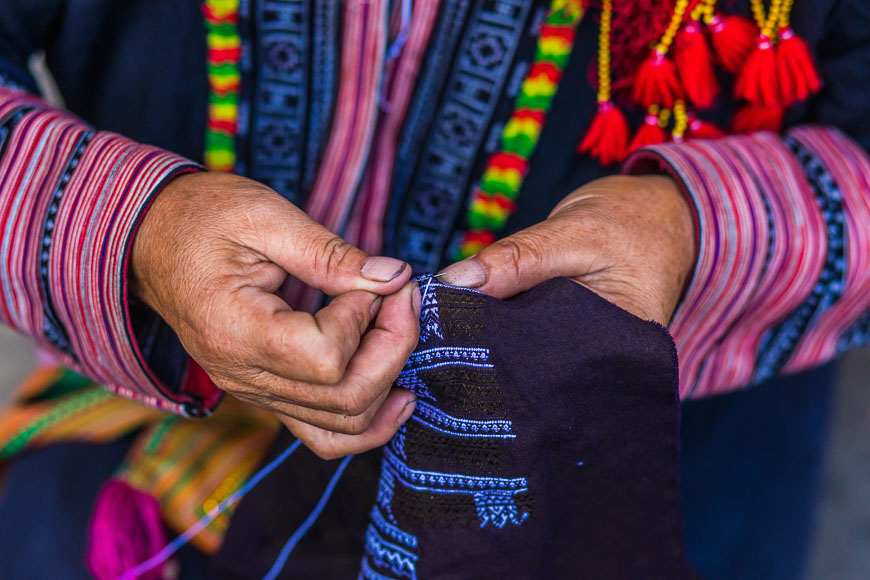
Travelers may get to know the ethnic groups through their unique handmade costumes. Immerse in their way of life through sewing, embroidery, and weaving workshops. This is the quickest way to experience Vietnam culture’s rich legacies and societal identities.
Stimulating, rejuvenating activities
Those who embrace active lifestyles will enjoy tours owned and curated by the locals themselves. One of the itineraries you wouldn’t want to miss is the mountain treks. It starts with a walk to the wet market to buy food for your excursion. Every hike up the hills encompasses sweeping views of the mountains, so the exhaustion travelers would feel will be rewarding. According to Vietnam’s tourism website, Sapa has trails for everyone, so know your pace and enjoy the experience.
Fansipan, a popular destination in the town, also offers cable car rides tourists can ride to reach the summit. They also have a series of stairs or a funicular rail to take people to the last leg atop the mountain.
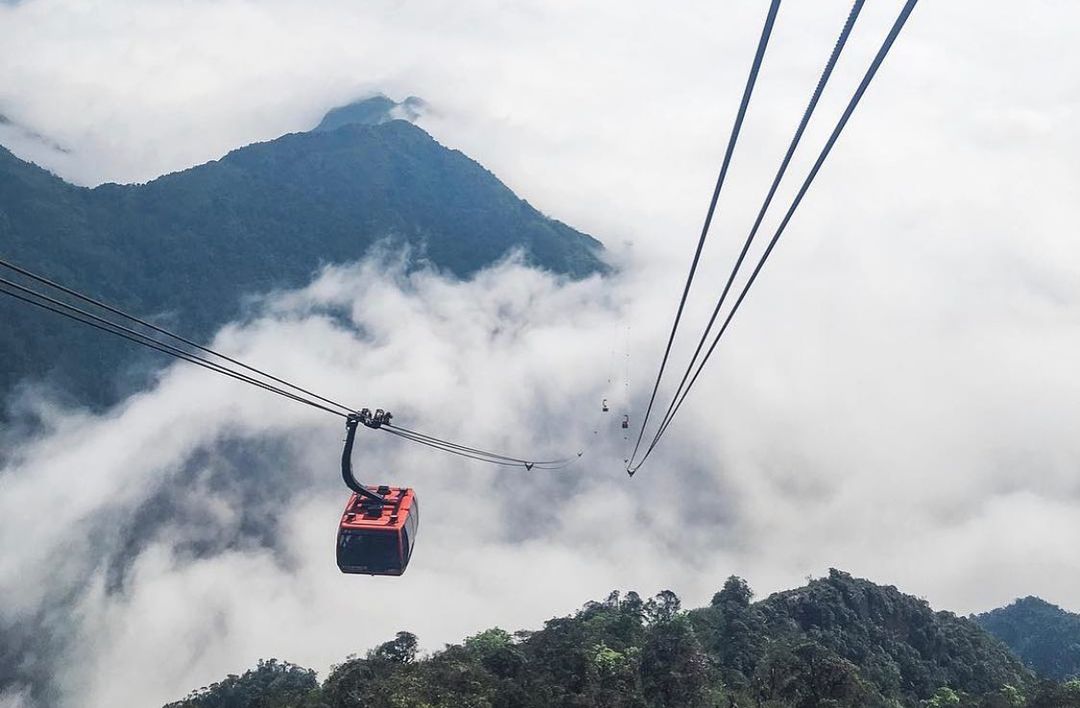
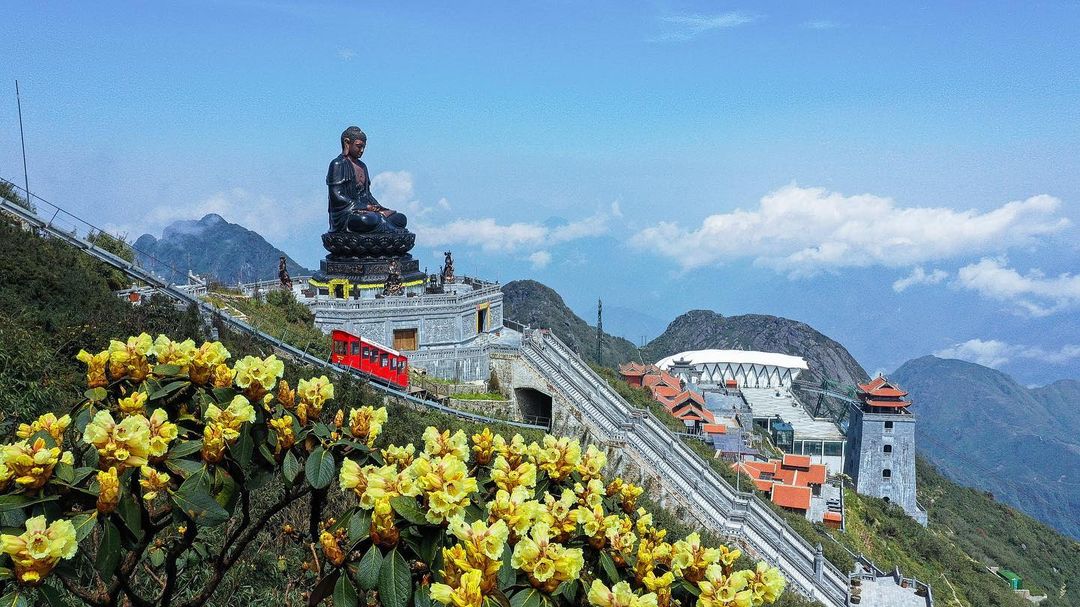
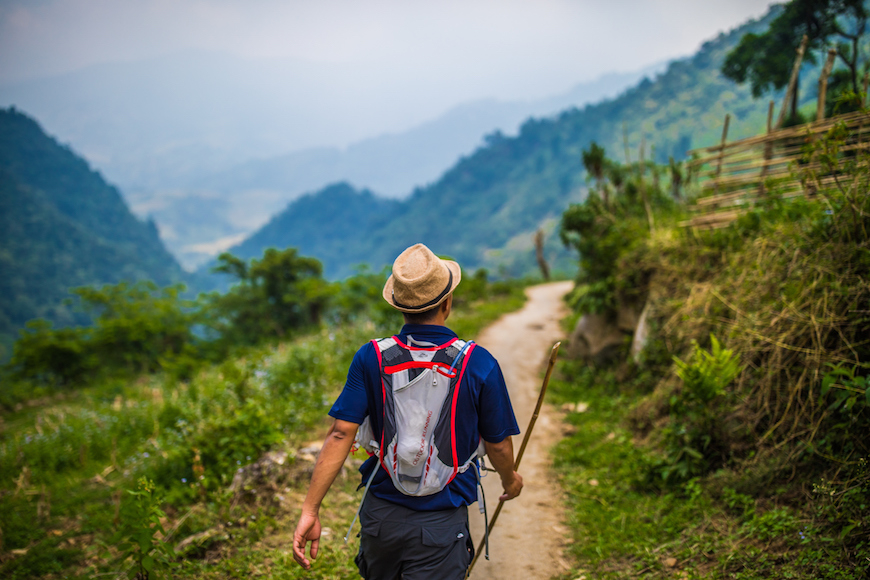
If you’re the type of person who just wants a relaxing oasis away from the hustle and bustle back home, try Sapa’s famous herbal baths. The Red Dao women orchestrates the perfect healing soak and perfect its recipe over time. They use bark and leaves that came from the forests, chopped and left to dry in the sun. They boil these in huge pots of water to create an aromatic, steamy blend which helps soothe tired muscles. These herbal baths also “stave off sickness and help women recover after childbirth.”
Ingredients the Red Dao women utilize for the baths are elderberry, Vietnamese balm, fig, wild pepper leaves, bur-reed, tropical dogwood, and cinnamon.
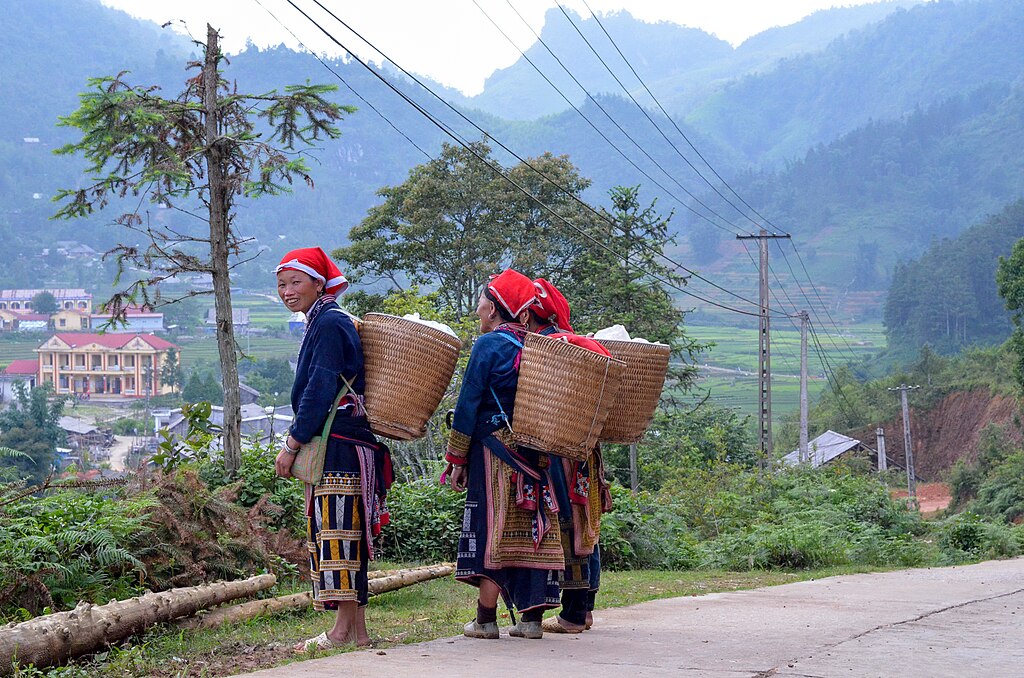
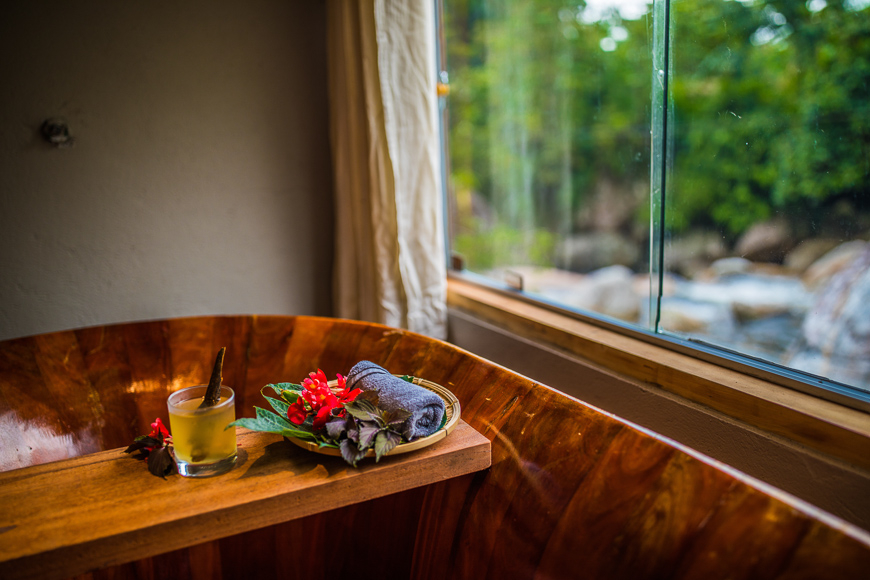
Food and the best months to travel
Immerse in Sapa’s homegrown flavors when you visit the town. Locals dine mainly on herbs and vegetables, river fish, and smoked buffalo meat. The region also highlights their fresh handmade tofu and chayote leaves with garlic. The town also recommends its rainbow trout with soup, or enjoy it grilled with spices and rolled in rice paper with cucumbers and herbs.
The best time to visit Sapa is between September to October as the rice terraces are at their “most splendid.” Tourists will witness ideal, clear skies between April and May, while the warmer months are between June to August. Vietnam Tourism recommended visiting from November to March if visitors would prefer chilly weather.
Banner photo via Instagram @topasecolodge.





